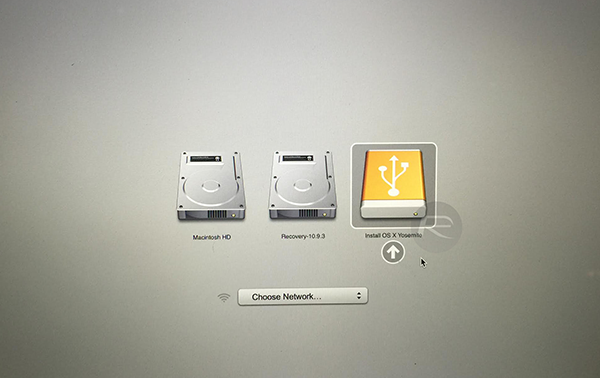
Hard disks and thumb drives will almost always be partitioned, so you must choose the right (and most likely only) partition. They will most likely be in the form of hd and a number.Īfter the comma is the partition index. After that, you can usually assume that all the internal devices will come before your external devices. Your first device ( hd0) is whichever device grub just loaded from. In grub2, partition indexes changed, so the two examples above have the same effect despite looking to use different roots. All devices that are partitioned (hard disks and flash drives) will also have numbers assigned. Choosing the right rootĪt startup, grub will probe for your devices and assign numbers to them. root (hd1,0)įor the 2005-2010 period, your guess is as good as mine, but if you use the command for the wrong version, you only get a harmless syntax error on the first command. I know I can install it in different way, but that's not my point, it has to be this way.Here is a quick example of grub commands that might just work, explanations and caveats below. Buy USB memory 2.0 and stick it straight into usb 3.0 Buy USB adapter 2.0 and put it into usb 3.0, and then put my Kingston 3.0 into this adapter, but I don't know if it changes anythingĢ. What do you think I could do in this situation? So far I know only two options:ġ. On 3.0 it tried to load, couple lines showed and eventually said that it can't find booting usb, but here it just shows starting message of Loading and then "Port 1: Device Connected" and just freeze. Then if I click to boot from USB everything freeze, there is no error or anything. This might result in undefined behavior for this device. An attempt will be made to connect this device to the best available host controller. Now if I choose USB compatibility USB 2.0 and turn on boot menu, in moment of inserting my USB into port I get message saying "The device Kingston Data Traveler 3.0 was unable to connect to its ideal host controller. If I run in such settings, after choosing to boot from usb I get error "NO BOOT DEVICE FOUND, PLEASE RETRY IT"

In settings "USB Controller" if I choose USB compatibility USB 3.0, then I get information saying "Using USB devices with a USB 3.0 controller requires Linux kernel 3.2 or newer. My laptop has only USB Ports 3.0 and my USB itself is 3.0. And so instead of operating system I choose this.īy doing so, after I turn on VMWare, I get to see boot menu from which I can boot from USB. This basically let me to choose small file called plpbt-5.0.15 as Installer disc image file (iso).

Next I did this: How to Boot from a USB Drive in VMware - Make Tech Easier This let me to make MacOS as bootable USB while using Windows 10.


 0 kommentar(er)
0 kommentar(er)
